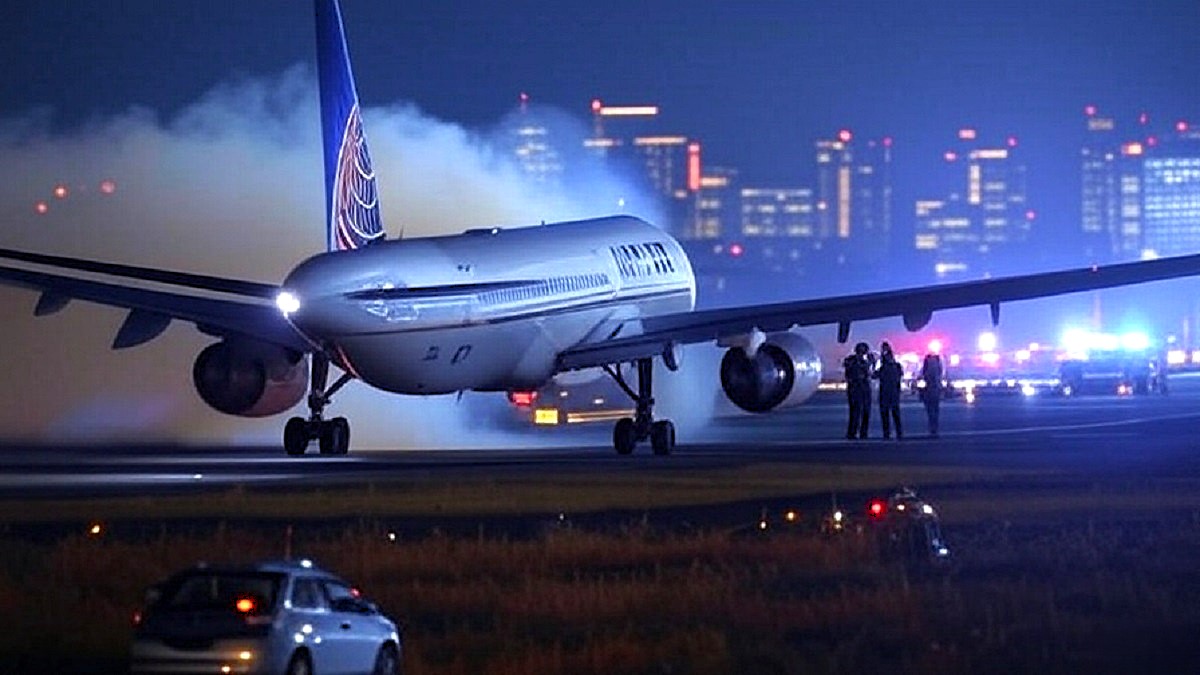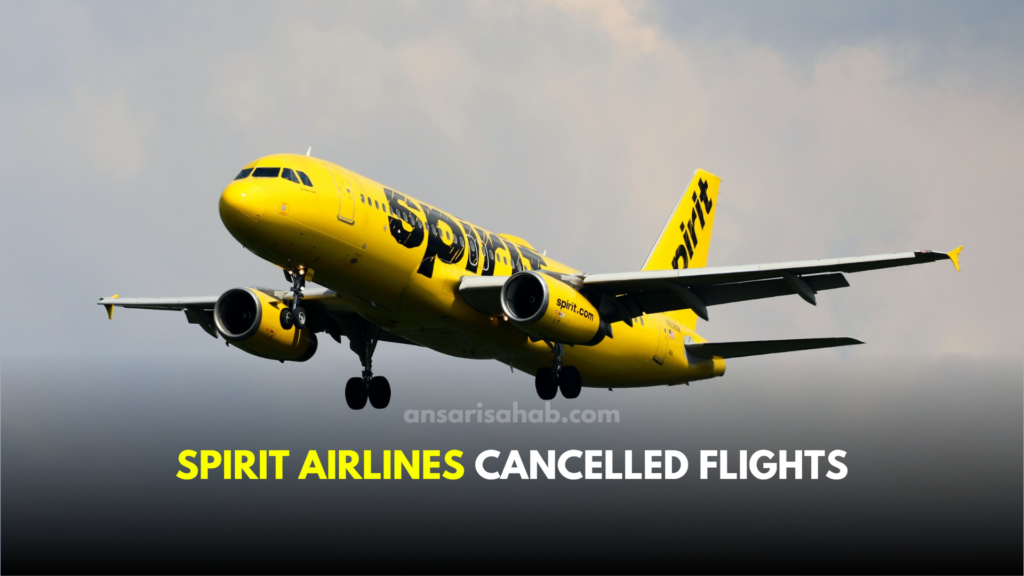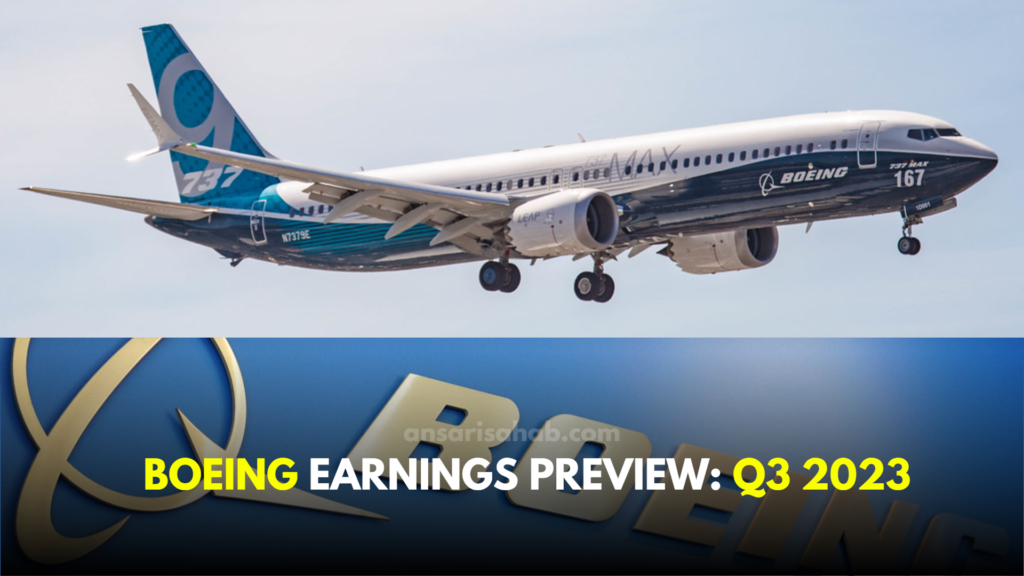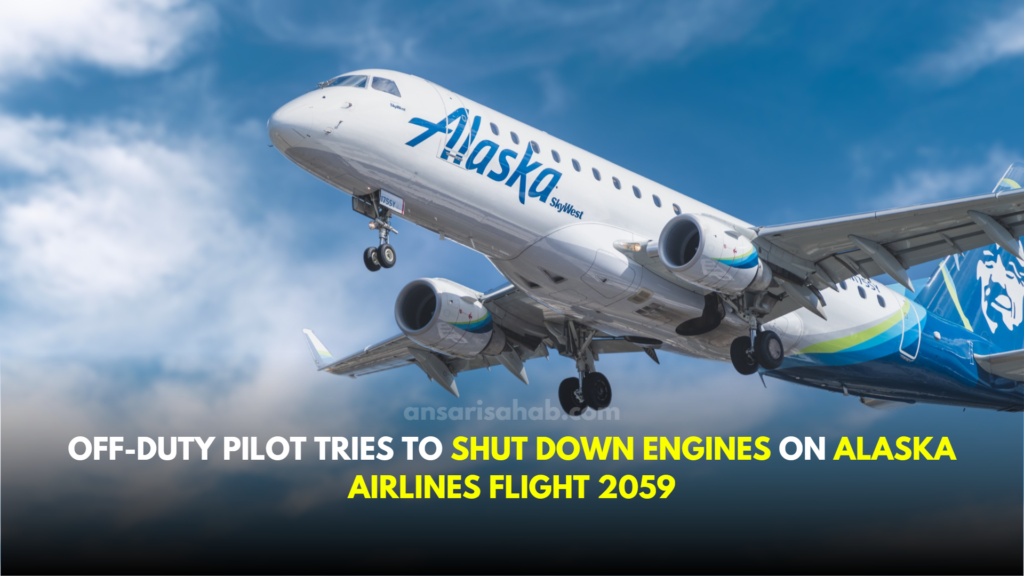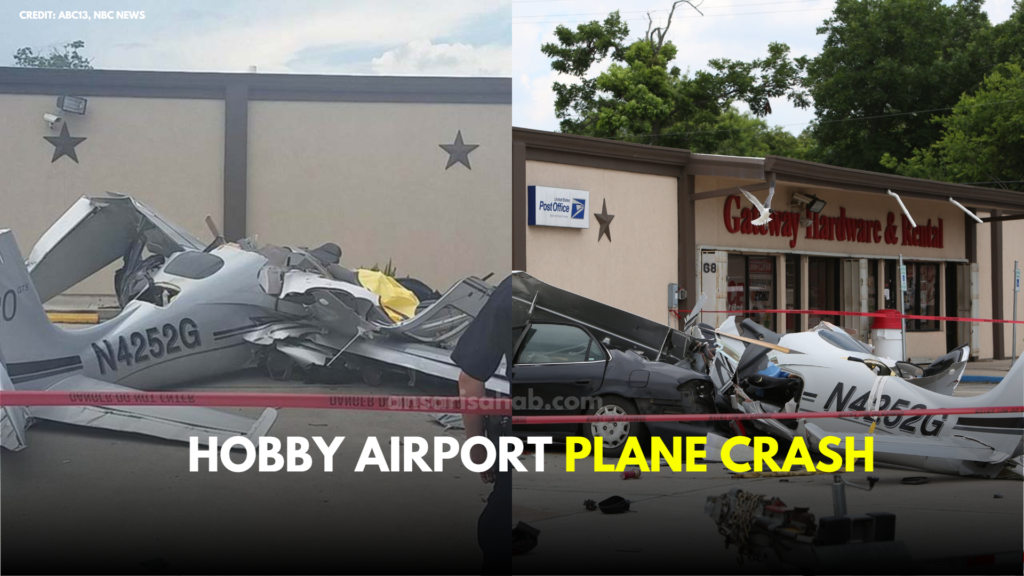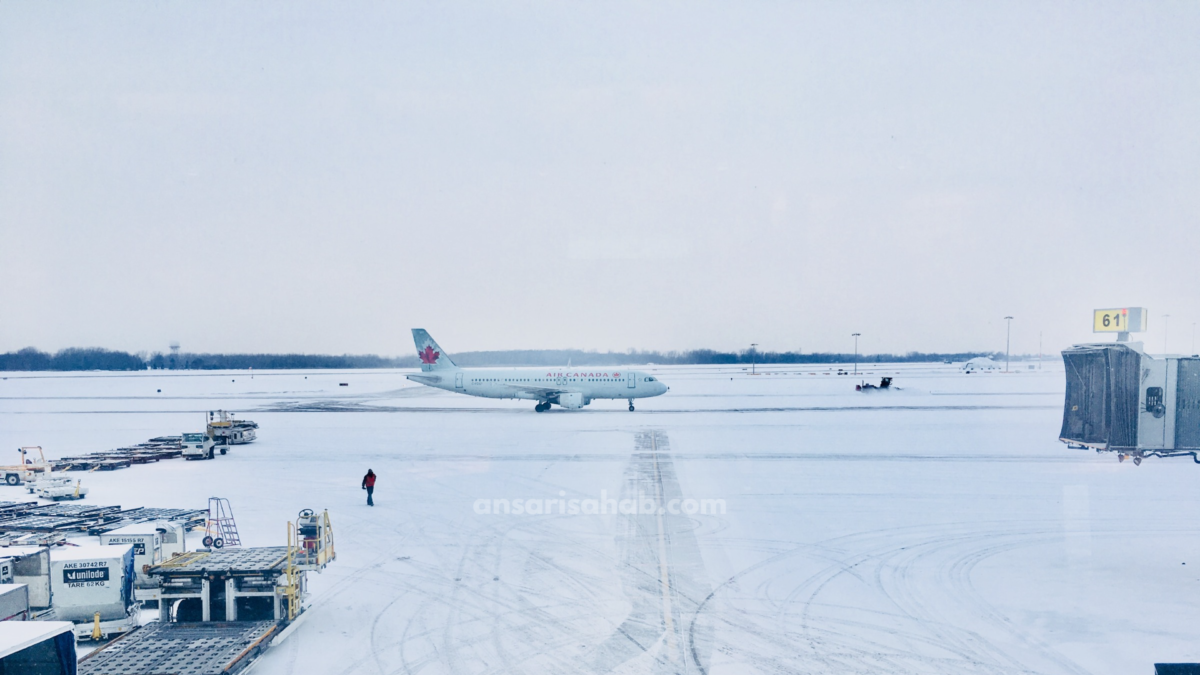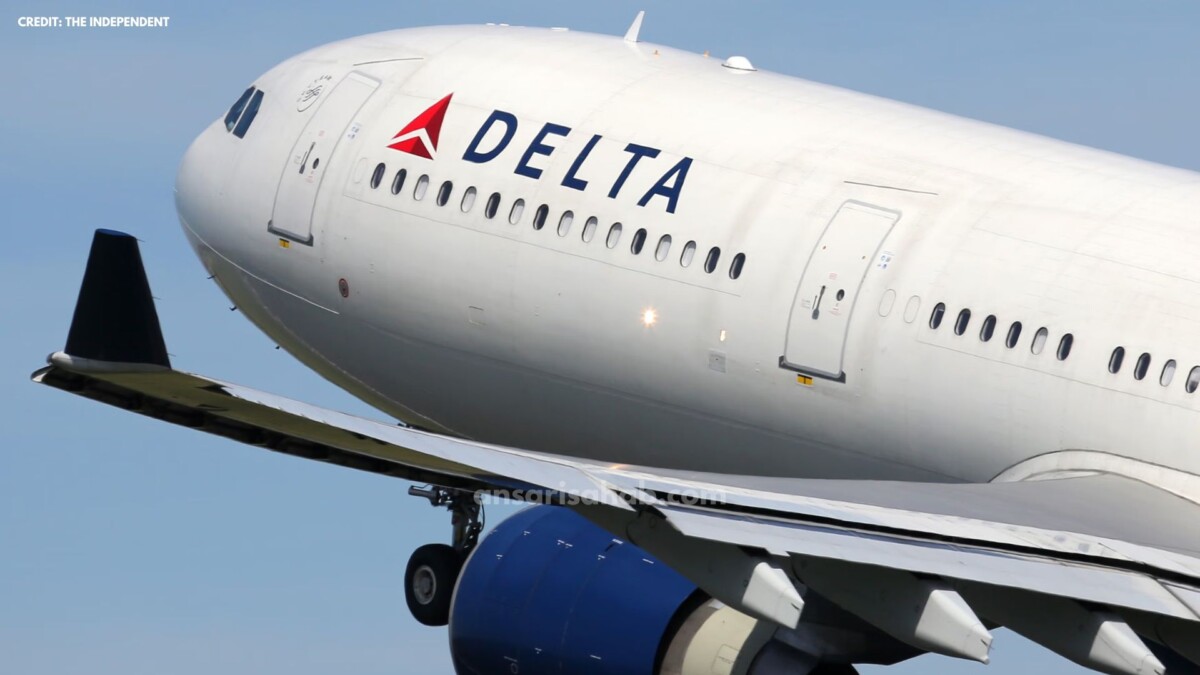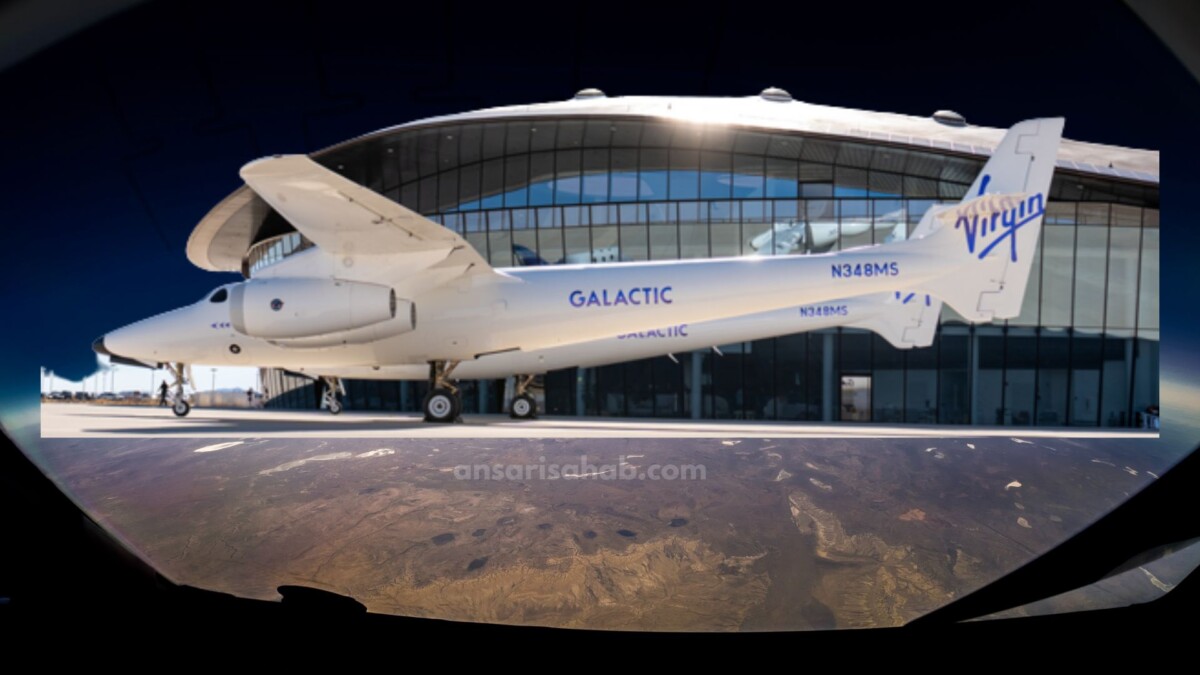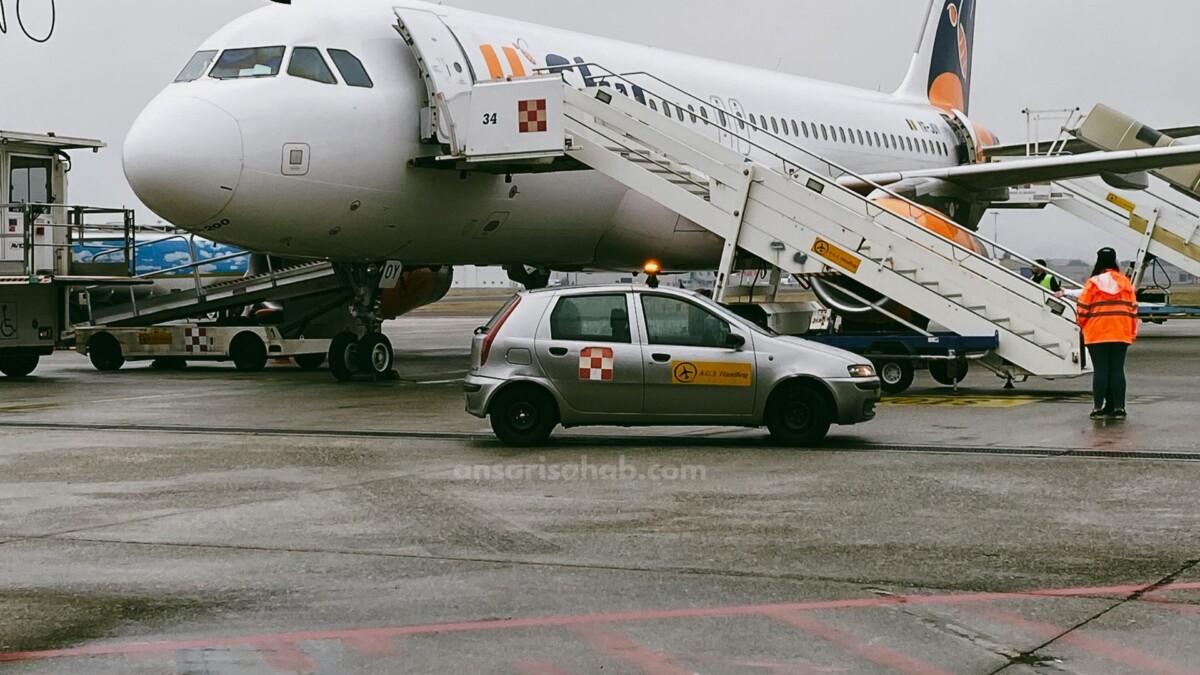Emergency Landing Details
On Friday, September 12, 2025, a United Airlines flight UA32 traveling from Tokyo Narita International Airport to Cebu, Philippines was forced to make an emergency landing after a cargo hold fire alert was triggered mid-air.
The aircraft, a Boeing 737-800, was carrying 142 people, including 135 passengers and 7 crew members, when the incident occurred. About 50 minutes after takeoff, while cruising over central Japan, cockpit instruments indicated possible fire in the forward cargo compartment.
The pilots diverted immediately to Osaka’s Kansai International Airport, where the flight landed safely at approximately 12:15 p.m. local time.
Passenger Evacuation and Injuries
Upon landing, emergency slides were deployed, and all passengers evacuated the aircraft within minutes. According to officials, two passengers sustained minor injuries while sliding down and were transported to a nearby hospital for treatment.
No visible smoke or fire was found upon inspection, though the warning system was confirmed active mid-flight, prompting the diversion.
Airline and Authorities’ Response
United Airlines released a statement confirming the safe landing, emphasizing that the action was “precautionary” and carried out in full compliance with safety protocols. The airline also said maintenance teams conducted inspections and confirmed no evidence of actual fire in the cargo hold.
Kansai International Airport authorities temporarily closed both runways for safety checks, resuming operations shortly after the aircraft was secured.
The Japan Transport Safety Board (JTSB) has launched an investigation into the cause of the fire alert, examining whether it stemmed from cargo overheating, sensor malfunction, or electrical fault.
Aviation Expert Insights
Aviation safety experts note that cargo fire alerts are among the most serious warnings a cockpit can receive, since undetected fires in cargo compartments have historically led to catastrophic outcomes.
Even when no visible fire is detected, international aviation standards require pilots to act immediately.
“Pilots are trained to divert at the earliest opportunity. You never take chances with fire,” said one aviation analyst in Tokyo.
Impact for Travelers
The incident highlights how United Airlines flight safety systems function as intended, ensuring swift detection and precautionary measures. While the diversion caused delays for passengers bound for Cebu, the quick action prevented potential danger.
Travelers are reminded that such emergencies, though rare, underscore the importance of safety drills, well-maintained equipment, and clear communication between crew and passengers.
FAQs
A: On September 12, 2025, flight UA32 from Tokyo to Cebu diverted to Kansai International Airport, Osaka, after a mid-air fire alert.
A: The Boeing 737-800 carried 142 people (135 passengers and 7 crew). Two passengers suffered minor injuries during evacuation.
A: No. Maintenance inspections confirmed no visible fire or smoke, though the warning system prompted the emergency landing.
Source: AP News

